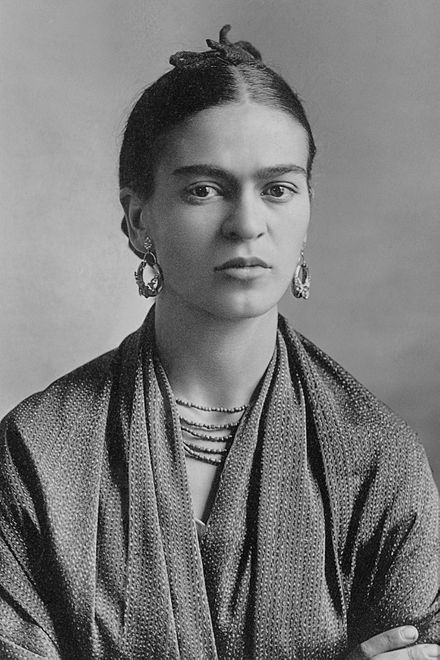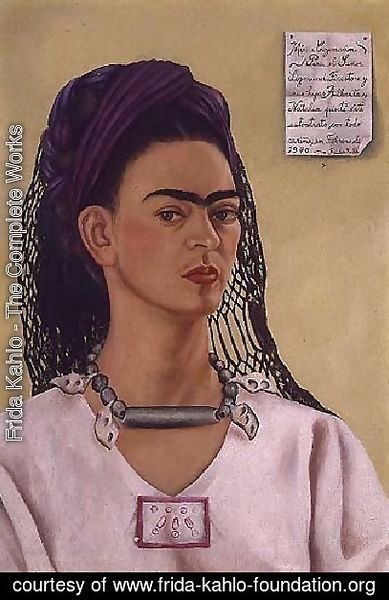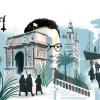
the Heart Frida Kahlo in Paris
My calendar matches my book!
the Heart Frida Kahlo in Paris – This intimate account offers a new, unexpected understanding of the artist’s work and of the vibrant 1930s surrealist scene.
In 1938, just as she was leaving Mexico for her first solo exhibition in New York, Frida Kahlo was devastated to learn from her husband, Diego Rivera, that he intended to divorce her. This latest blow followed a long series of betrayals, most painful of all his affair with her beloved younger sister, Cristina, in 1934. In early 1939, anxious and adrift, Kahlo traveled from the United States to France—her only trip to Europe, and the beginning of a unique period of her life when she was enjoying success on her own.
Now, for the first time, this previously overlooked part of her story is brought to light in exquisite detail. Marc Petitjean takes the reader to Paris, where Kahlo spends her days alongside luminaries such as Pablo Picasso, André Breton, Dora Maar, and Marcel Duchamp.
Using Kahlo’s whirlwind romance with the author’s father, Michel Petitjean, as a jumping-off point, The Heart: Frida Kahlo in Paris provides a striking portrait of the artist and an inside look at the history of one of her most powerful, enigmatic paintings.

Frida Kahlo (July 6, 1907 – July 13, 1954) was a Mexican painter, who has achieved great international popularity. She painted using vibrant colors in a style that was influenced by indigenous cultures of Mexico as well as by European influences that include Realism, Symbolism, and Surrealism. Many of her works are self-portraits that symbolically express her own pain and sexuality.
Magdalena Carmen Frida Kahlo y Calderon, as her name appears on her birth certificate was born on July 6, 1907 in the house of her parents, known as La Casa Azul (The Blue House), in Coyoacan. At the time, this was a small town on the outskirts of Mexico City.
On September 17, 1925, Frida was involved in a serious bus accident, which left her with a broken spinal column, a broken collarbone, broken ribs, a broken pelvis, and 11 fractures in her right leg. After the accident, Frida Kahlo turned her attention away from the study of medicine to begin a full-time painting career. The accident left her in a great deal of pain while she recovered in a full body cast; she painted to occupy her time during her temporary state of immobilization. Her self-portraits became a dominant part of her life when she was immobile for three months after her accident. Frida Kahlo once said, “I paint myself because I am often alone and I am the subject I know best”. Her mother had a special easel made for her so she could paint in bed, and her father lent her his box of oil paints and some brushes.
Drawing on personal experiences, including her marriage, her miscarriages, and her numerous operations, Kahlo’s works often are characterized by their stark portrayals of pain. Of her 143 paintings, 55 are self-portraits which often incorporate symbolic portrayals of physical and psychological wounds. She insisted, “I never painted dreams. I painted my own reality”.
Kahlo was deeply influenced by indigenous Mexican culture, which is apparent in her use of bright colors and dramatic symbolism. She frequently included the symbolic monkey. In Mexican mythology, monkeys are symbols of lust, yet Kahlo portrayed them as tender and protective symbols. Christian and Jewish themes are often depicted in her work. She combined elements of the classic religious Mexican tradition with surrealist renderings.
At the invitation of Andre Breton, she went to France in 1939 and was featured at an exhibition of her paintings in Paris. The Louvre bought one of her paintings, The Frame, which was displayed at the exhibit. This was the first work by a 20th century Mexican artist ever purchased by the internationally renowned museum.
A few days before Frida Kahlo died on July 13, 1954, she wrote in her diary: “I hope the exit is joyful – and I hope never to return – Frida”. The official cause of death was given as pulmonary embolism, although some suspected that she died from overdose that may or may not have been accidental. An autopsy was never performed. She had been very ill throughout the previous year and her right leg had been amputated at the knee, owing to gangrene. She also had a bout of bronchopneumonia near that time, which had left her quite frail.
Later, in his autobiography, Diego Rivera wrote that the day Kahlo died was the most tragic day of his life, adding that, too late, he had realized that the most wonderful part of his life had been his love for her.
A pre-Columbian urn holding her ashes is on display in her former home, La Casa Azul (The Blue House), in Coyoacan. Today it is a museum housing a number of her works of art and numerous relics from her personal life. (From Wikipedia)






